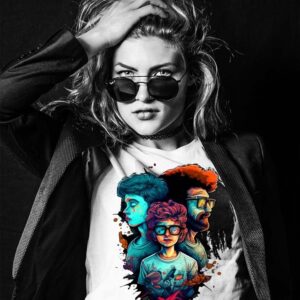
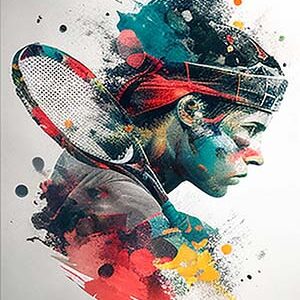
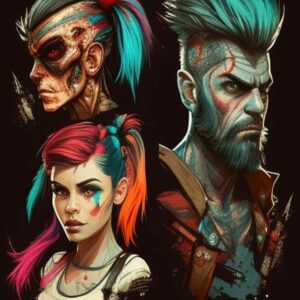
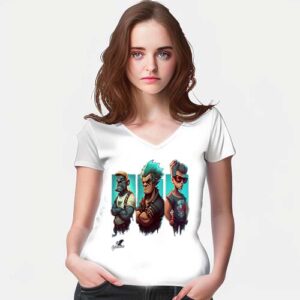



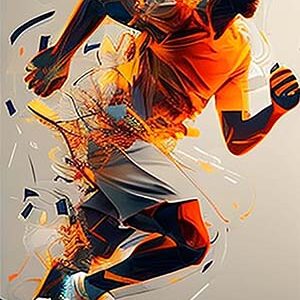

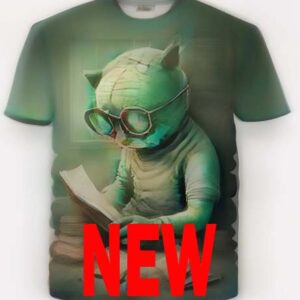

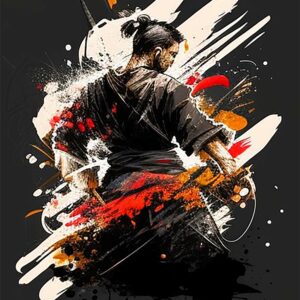

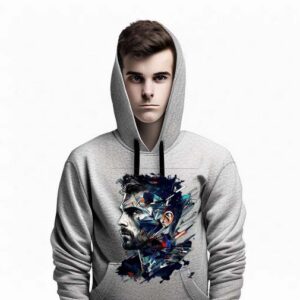

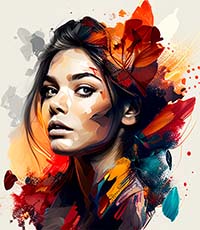
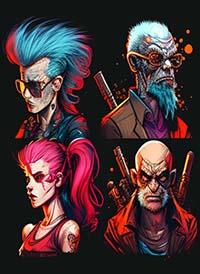
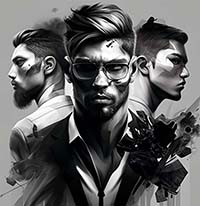
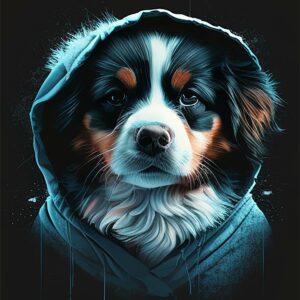

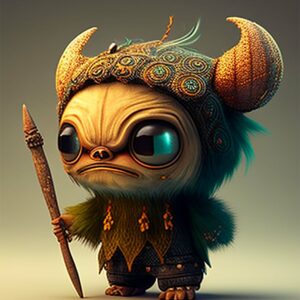
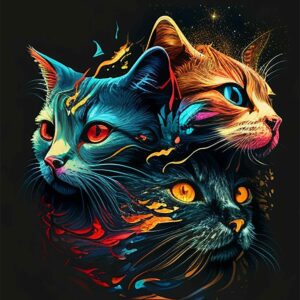


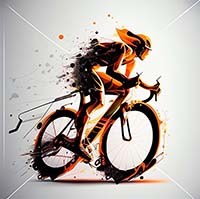
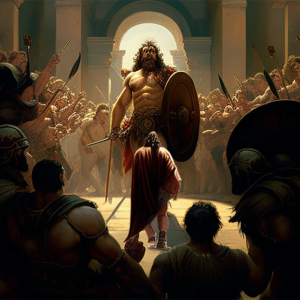
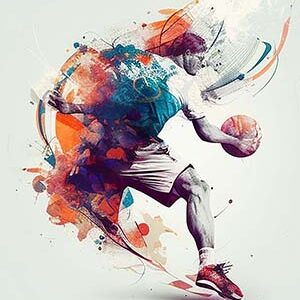
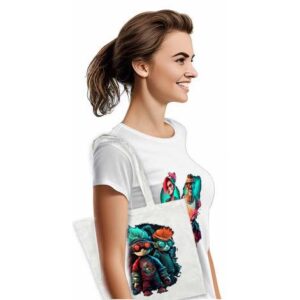
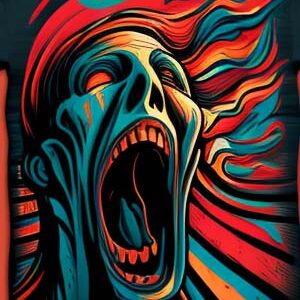
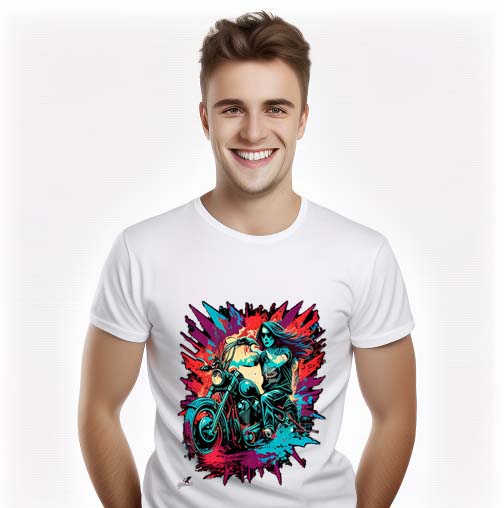
The fashion industry has seen a significant shift in how technology is integrated into the creative process. Artificial Intelligence (AI) has emerged as a powerful tool that collaborates with human creativity to revolutionize the fashion industry. This collaboration brings together the best of both worlds, combining the efficiency and innovation of AI with the unique vision and artistic sensibilities of human designers.
This article will explore the exciting intersection of AI and fashion, where technology meets human creativity. We will delve into this collaboration’s benefits, challenges, and implications. We will examine how AI transforms the fashion landscape from design and production to customer experience and sustainability. So, let’s dive in and discover the fascinating world of AI and fashion collaboration.
The Rise of AI in Fashion
AI has made significant strides in the fashion industry, impacting various aspects of the creative process. From trend forecasting and design inspiration to personalized customer experiences, AI has become an indispensable tool for fashion brands. Let’s look at how AI is utilized in the fashion industry.
Trend Forecasting and Data Analysis
One of the key areas where AI shines in the fashion industry is trend forecasting. AI algorithms can analyze data from social media, online shopping patterns, and fashion shows to identify emerging trends. AI can accurately predict future trends by analyzing consumer behavior and preferences.
Fashion brands can leverage this information to make data-driven decisions, optimize production, and meet customer demands. AI-powered trend forecasting helps designers stay ahead of the curve and create collections that resonate with their target audience.
Design Assistance and Inspiration
AI is also being used to assist designers in the creative process. Designers can use AI-powered tools to generate design ideas, explore new color palettes, and experiment with different styles. These tools analyze large databases of fashion images, patterns, and textures to provide designers with inspiration and suggestions.
AI does not replace human creativity but catalyzes innovation. Designers can use AI-generated ideas as a starting point and infuse their unique artistic vision into the designs. This collaboration between AI and human designers leads to more original and imaginative creations.
Virtual Try-On and Personalization
Another exciting application of AI in fashion is virtual try-on and personalized recommendations. AI algorithms can analyze body measurements, style preferences, and previous purchases to provide customized recommendations for customers. Virtual try-on technology allows customers to see how clothes will look on them without physically trying them on.
This level of personalization enhances the customer experience, reduces returns, and increases customer satisfaction. AI-powered virtual stylists can suggest outfits and accessories and recommend alterations based on individual body types and style preferences.
Supply Chain Optimization and Sustainability
AI is also crucial in optimizing the fashion supply chain and promoting sustainability. AI can identify inefficiencies by analyzing production processes, inventory management, and logistics data and propose solutions to reduce waste and improve sustainability.
AI-powered systems can help fashion brands track and trace materials throughout the supply chain, ensuring transparency and ethical sourcing. Predictive analytics can optimize production planning, reducing overproduction and minimizing environmental impact.
Challenges and Ethical Implications
While the collaboration between AI and fashion offers numerous benefits, it raises certain challenges and ethical considerations. Let’s explore some of AI’s key challenges and implications in a manner.
Intellectual Property and Copyright
AI-generated designs and patterns raise questions about intellectual property and copyright. Who owns the rights to designs created by AI? Should AI be considered a co-creator or merely a tool used by human designers? These questions are still being debated, and the legal framework surrounding AI-generated designs is yet to be fully established.
Bias and Diversity
AI algorithms are only as unbiased as the data they are trained on. If the training data is biased, it can perpetuate existing stereotypes and lack diversity. This bias can manifest in design suggestions, virtual try-on experiences, and personalized recommendations.
Fashion brands must carefully curate and diversify their training data to ensure AI systems do not reinforce harmful biases. Ethical considerations should be at the forefront of AI development in fashion to promote inclusivity and diversity.
Job Displacement
The integration of AI in fashion may lead to concerns about job displacement. As AI takes over specific tasks, such as trend forecasting or design assistance, it may impact employment opportunities for human designers and fashion professionals.
However, it is essential to note that AI is not intended to replace human creativity but rather to enhance it. AI can streamline processes, free up time for designers to focus on more creative aspects, and open up new opportunities for collaboration and innovation.
Frequently Asked Questions (FAQ)
AI plays a multifaceted role in fashion, from trend forecasting and design assistance to virtual try-on and supply chain optimization. It collaborates with human creativity to enhance the fashion industry.
AI assists designers by providing inspiration, suggesting color palettes, and generating design ideas. It acts as a tool to spark creativity and innovation.
AI can analyze customer data to provide personalized recommendations and virtual try-on experiences and suggest alterations based on individual body types and style preferences.
Ethical implications include bias and diversity in AI algorithms, intellectual property rights, and potential job displacement. Fashion brands must address these ethical considerations to ensure responsible and inclusive AI integration.
No, AI is not replacing human designers. Instead, it collaborates with human creativity, streamlines processes, and opens up new opportunities for collaboration and innovation.
Testimonials
Conclusion
The collaboration between AI and human creativity in the fashion industry is an exciting and transformative development. AI has become a valuable tool for trend forecasting, design assistance, personalized customer experiences, and supply chain optimization. While challenges and ethical considerations exist, the benefits of AI integration in fashion are undeniable.
As technology continues to evolve, so does the creative potential of AI in fashion. By embracing responsible and inclusive AI practices, fashion brands can harness the power of technology to create innovative, sustainable, and customer-centric experiences. The future of fashion lies in the harmonious collaboration between technology and human creativity, where AI becomes a catalyst for endless possibilities.